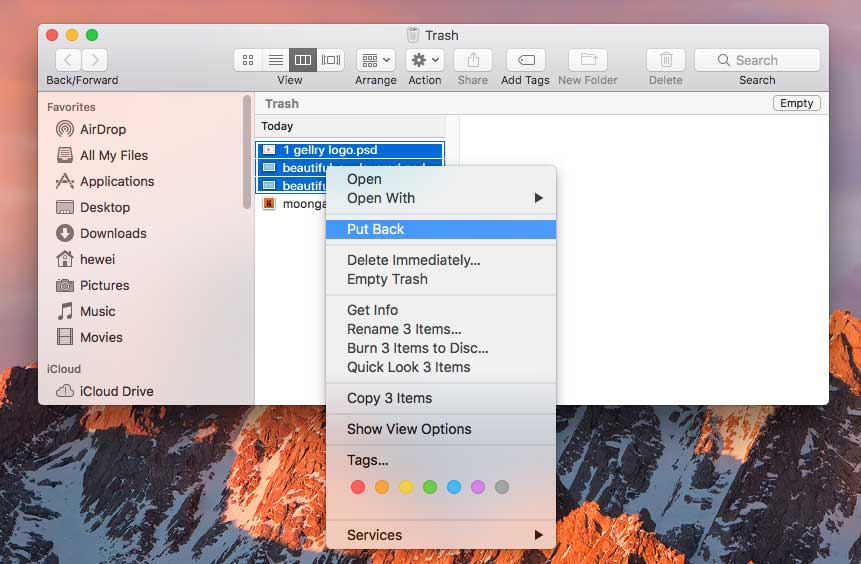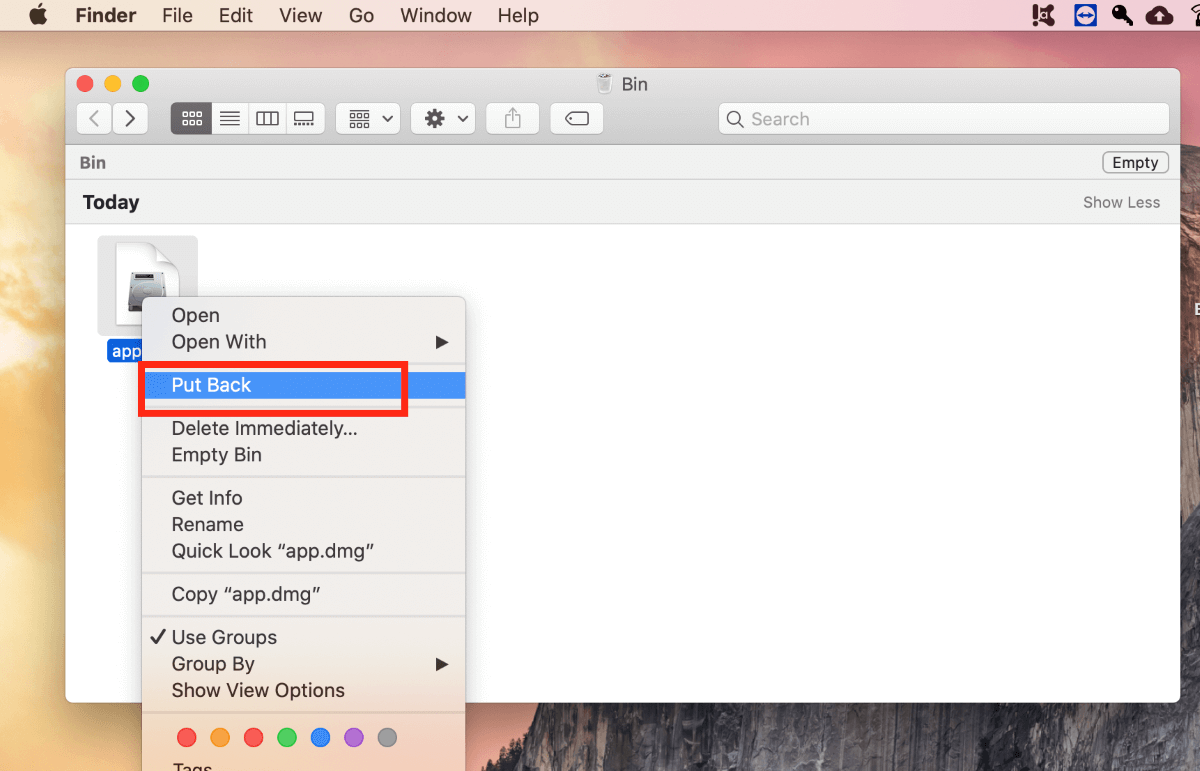

Here Mac file recovery methods that you should try to get your system running normally and smoothly again. More advanced users who tend to feel a bit adventurous may end up deleting files they shouldn’t be meddling with, in the first place. Another way to access system files is through the command line, which requires going to the Mac file system’s root directory. Upon opening the System Library folder, users might think that the unfamiliar files are junk or temporary files, so they delete them in an attempt to free up storage space and reduce unnecessary files in their Mac. Some users often mistake the System Library folder for the Library folder (and vice versa). Typically, System folders can be easily accessed in Finder. If you don’t remember removing one but notice issues that could have been caused by the action, then you or someone who used your Mac probably did it by accident.

Unfortunately, it is straightforward for these files to be deleted on a Mac. Changing, moving, and deleting them can cause instability if not a total system failure. Given its importance, the System Files naturally should be left alone. When system attribute is turned on in a file, it means that this file is crucial to the overall function and performance of an operating system. Simply put, a system file is any file that has the system attribute on. What Are System Files and How Does One Get Deleted on Mac?
SYSTEM RESTORE FOR MAC DELETED TRASH FILES HOW TO
So, if you are wondering how to restore deleted files, mainly system files and folders deleted from your Mac, this article has all the info you need. And because it happens to a lot of users, naturally, solutions to the problem have been found. It’s not exactly a good thing, but it happens.

Whether accidental or not, this is actually a common occurrence. As a Mac user, you probably share this one guilt among other users: deleting a system file.


 0 kommentar(er)
0 kommentar(er)
